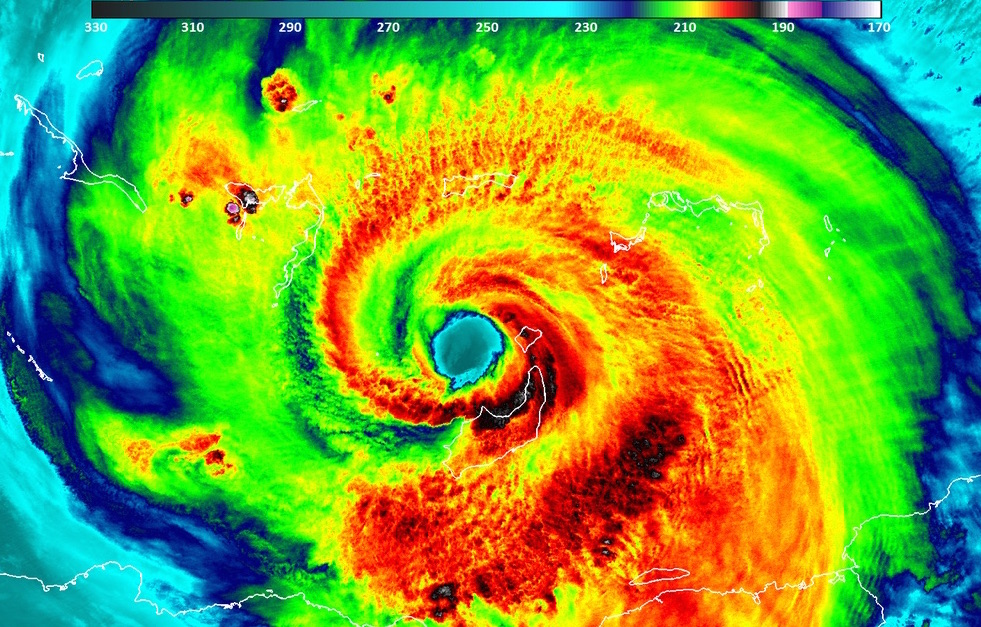Solutions

MDsyncNET’s cloud-based software reduces inefficiencies, delivers immediate results, and maximizes ROI.
WHO WE SERVE

MDsyncNET delivers right-sized software to healthcare organizations in a variety of environments.

After witnessing the destruction in the wake of Hurricanes Harvey, Irma, Jose, and Maria, it’s hard to believe that there are more than two months remaining in the 2017 Atlantic hurricane season. It will be years before the Gulf Coast and the Caribbean will recover – economically, culturally, and emotionally. Cost estimates for Harvey range from $86 to $108 billion, and from $64 to $92 billion for Irma.
But abstract numbers aren’t able to capture the very real crisis that hospitals face when dealing with a natural disaster. When there’s warning (think Harvey and Irma), hospitals may have to arrange for patient evacuations, make contingency plans, and find the most expedient way to get up and running once the worst passes. If there’s no warning or if the unexpected occurs (think Katrina), the staff who are the beating heart of the hospital become first responders, keeping patients alive without electricity or clean water.
According to the Department of Health and Human Services’ 2013 report, “Primary Protection: Enhancing Health Care Resilience for a Changing Climate,” vulnerabilities to weather-related disasters in healthcare organizations go beyond foundations, roofs, and staircases. They also encompass staff, equipment, and supplies. According to the report, “The disruption of administrative services by natural events can impair hospital functions as much as physical damage.”
Central to a hospital’s administrative services is its capacity to schedule physicians. During a disaster, pen-and-paper and spreadsheet schedules are useless. There is little likelihood that schedules are accessible and even less likelihood that schedules can be distributed. During Superstorm Sandy, for example, hospitals in New York City had trouble accessing data stored nearby due to power outages. While it’s intuitive to think that a hospital will operate in an “all hands on deck” mode, the reality is that staff members may themselves be impacted by the disaster and might not be have access to a hospital’s physical facility.
Moving to doctor scheduling software enables staff to access schedules from any location with Internet access – including mobile devices relying on cellular data and wifi. Administrative personnel can make schedule updates from anywhere in real time, so that physicians know when and where to report. Cloud-based physician phone directories ensure that doctors can be reached at a moment’s notice.
In the wake of Hurricane Harvey, some hospitals cancelled elective surgeries or outpatient services, while continuing to serve inpatients. Following an inundation of emergency department patients after Hurricane Irma, Florida’s Memorial Regional Hospital triaged patients, shuttling most to a nearby urgent care center and others to online appointments.
In the aftermath of a disaster, doctor scheduling software can help administrators determine which physicians are available and route them to the locations where the need is greatest – whether an emergency department, an urgent care center, or telemedicine.
For information about the U.S. Climate Resilience Toolkit, visit https://toolkit.climate.gov/
MDsyncNET offers cloud-based on-call physician scheduling software and seven other SaaS modules that enable hospitals to communicate with staff and stakeholders 24-7-365.

© 2022 All Rights Reserved. MDSYNCNET | Privacy Policy & Terms and Conditions